 |
|
 |
|
 |
One of the big problems of designing and building a true replica Klipper barge is the compromises one has to wrestle with when marrying the period look with modern (advanced) methods of, in this instance, steering and propulsion. The final and unusual barge detail of our propulsion method can be seen below. We have settled on a pair of Volvo-Penta's D3-110 diesel engines, hydraulically coupled to drive the DuoDrive shaft with 2 counter rotating props. |
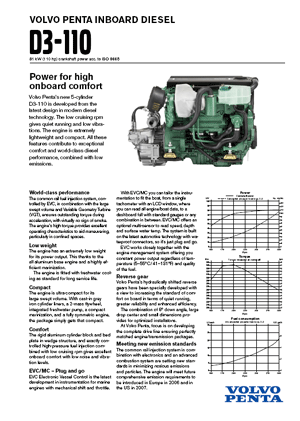

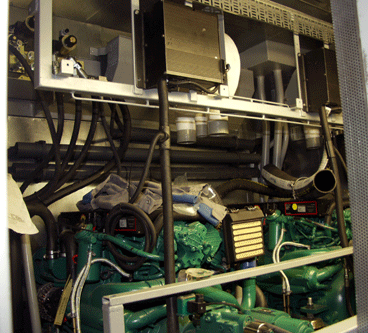 |
The Volvo Penta D3-110 Engines sit side-by-side in their portside home. The picture on the right side was taken early in the construction of JENAL and illustrates an uncluttered engine room, by contrast, the left picture has much more engines related equipment installed. There was even more to go in this space! |
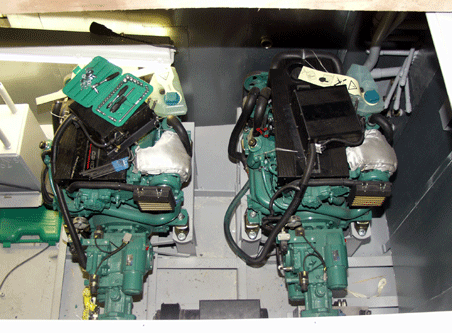 |
||
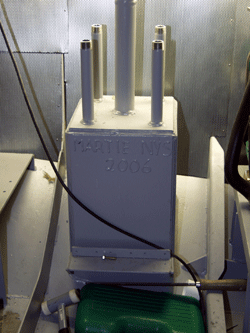 |
The D3-110 Volvo Penta engines require freshwater cooling, this is not a problem with a sea going vessel but it can add complications to an inland craft because of the close proximity of the cooling water intake to the shallow canal or river bottom. The engine water inlet can act as like a vacuum cleaner, gathering any and all the water carried much around! The solution on JENAL is shown here in the left picture, a large water collector box mounted high up the chines to reduce its 'catfish' bottom feeding propensities. Martie, the Ament fabricator who built JENAL signed his name in weld (naturally) on the front face of this water-box. |
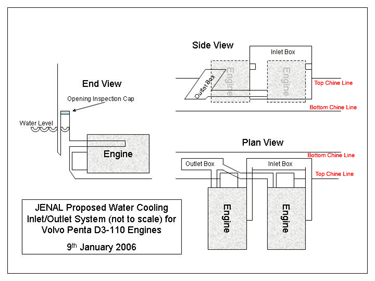 |
| Go To: Volvo Penta contact details |
|
| HOME <> SITE MAP <> CONTACT US <> ABOUT US <> PUBLIC PRESENTATIONS <> JENAL DIARY <> JENAL BUILD PICS <> SUPPLIER CONTACTS <> DUTCH BARGE ASSOCIATION |